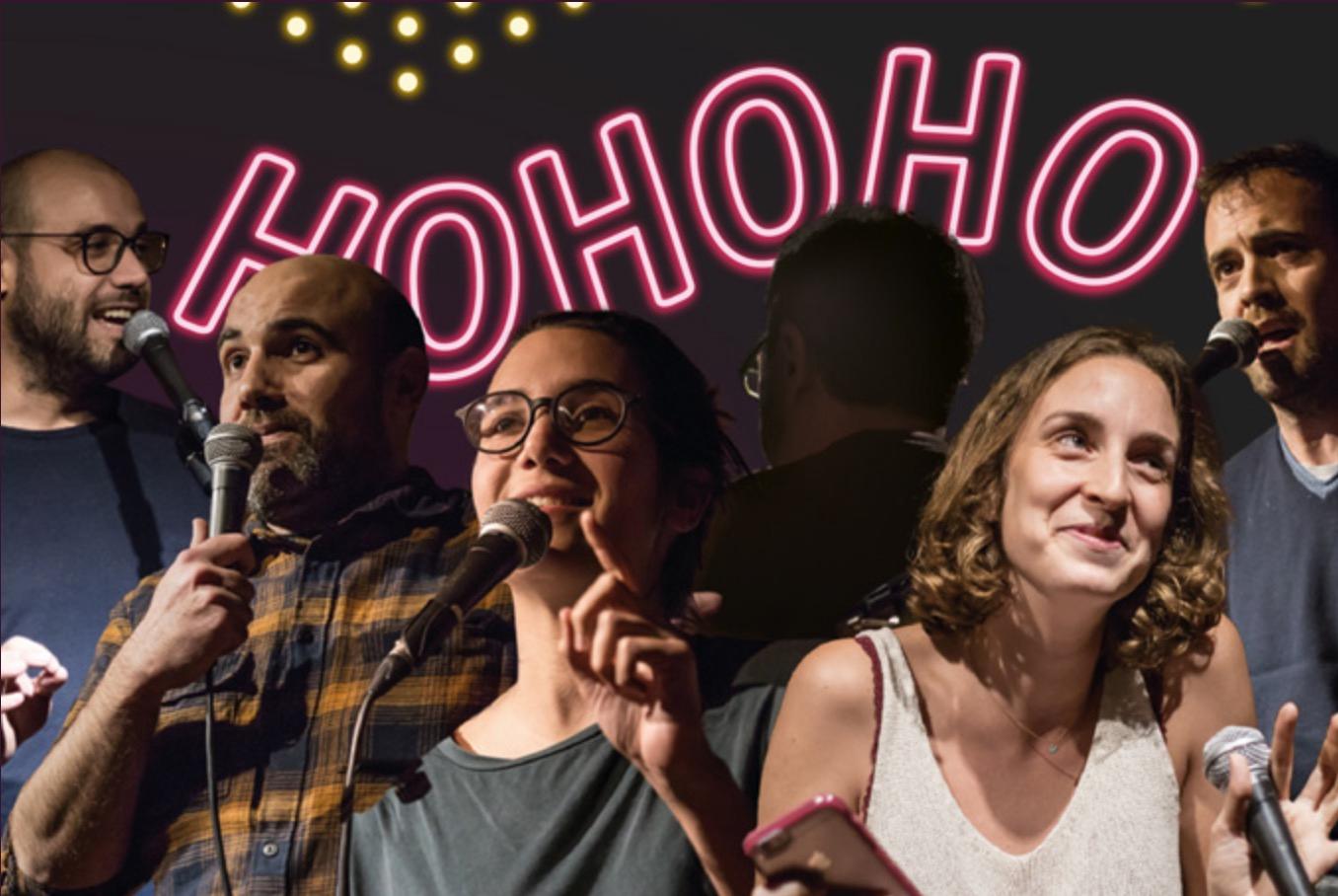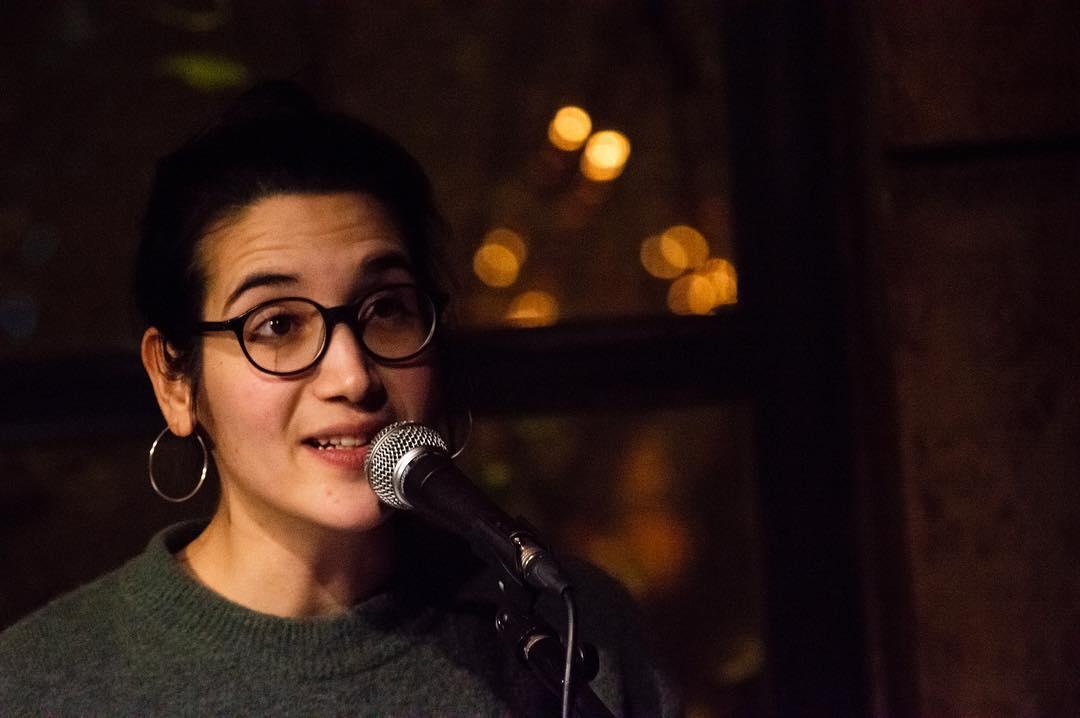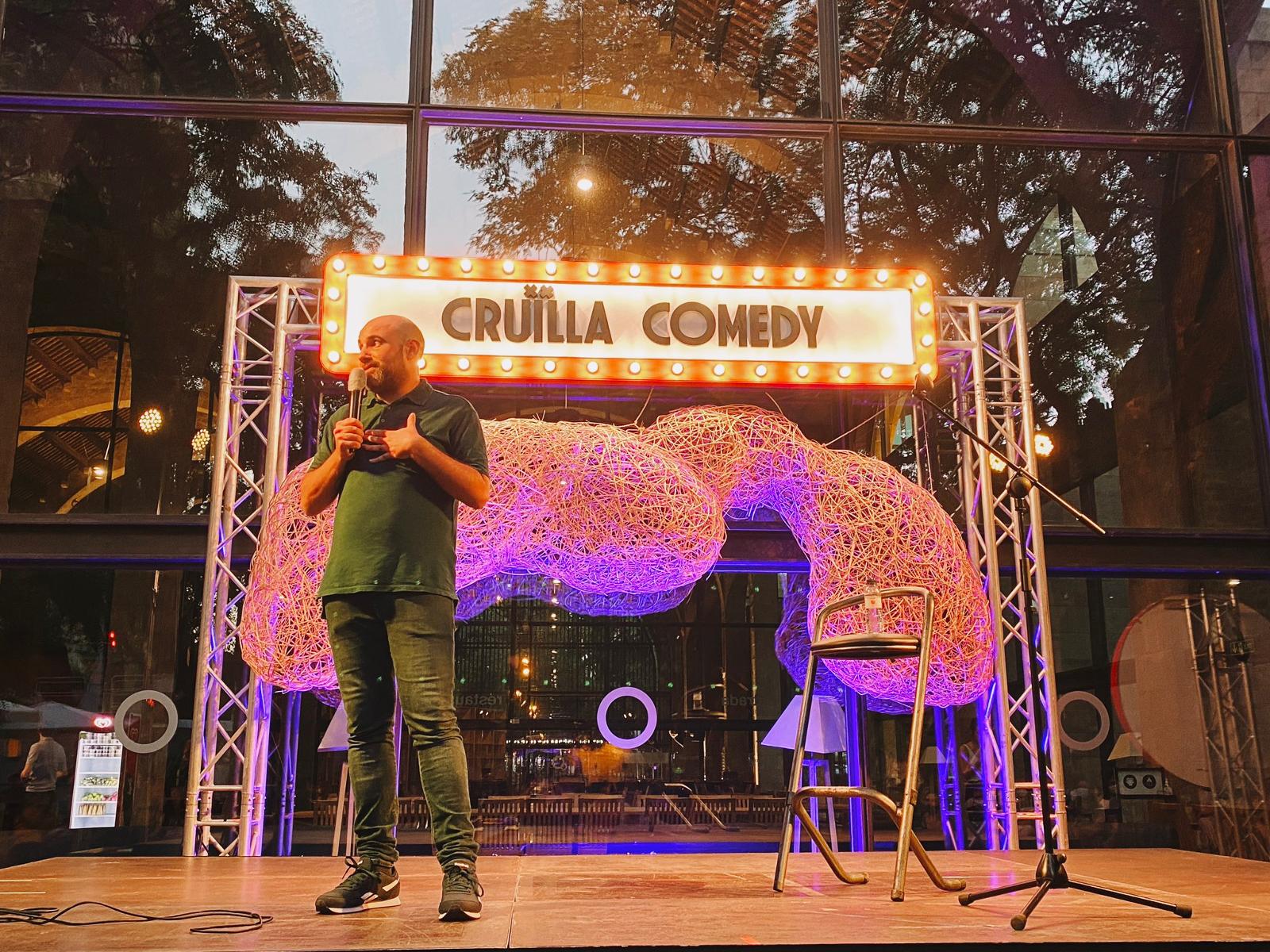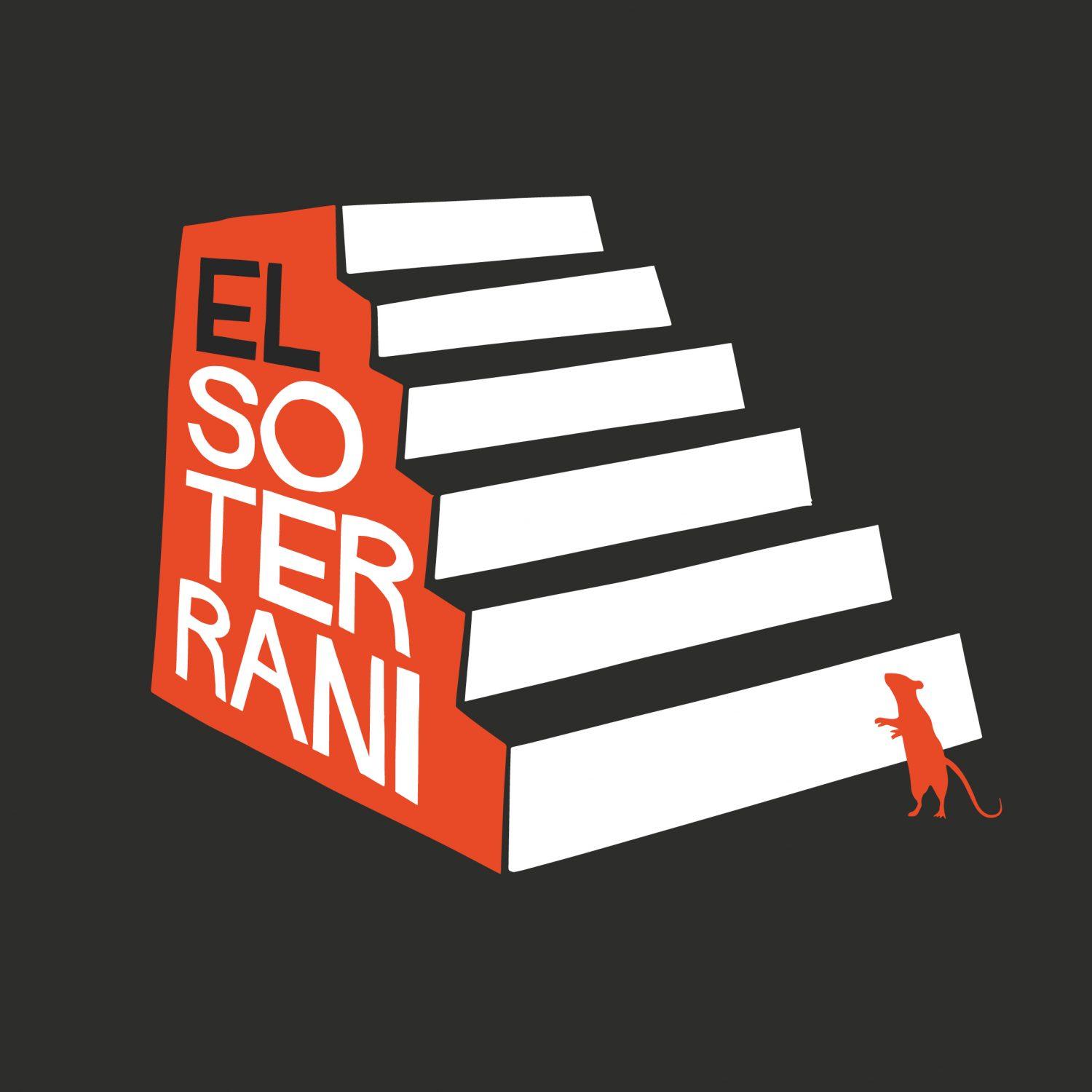2005. Maria Rovira is 15. Like all teenagers yet to familiarise themselves with sex, she writes tortured literature. She has an eighty-page Word document titled ‘Scratching mirrors.doc’. Despite living 100% of her life in Catalan, she writes (or rather, perpetrates) poetry and short stories (or rather, what she calls poetry and short stories) in Spanish. Paradoxically, her mother tongue is unsuitable for articulating the lament of her angsty adolescence, if you’ll excuse the pleonasm. She doesn’t know why, but she thinks Catalan just doesn’t have the literary pedigree she’s looking for. And she’s not a one-off case among her peers. She’ll stop believing this nonsense in a few years.
But she’ll need quite a bit longer to let go of another prejudice: that Catalan doesn’t make people laugh as much as Spanish. All the stand-up she’s seen so far has been in Spanish, because all of it has been on Spanish TV’s ‘El Club de la Comedia’: a famous actor/comedian, a theatre filled to the rafters, a script he probably didn’t write. She has another, parallel prejudice, but this time it’s not linguistic: objectively, men are funnier than women. That must be why there’s so few women on TV telling jokes.
/// Fast-forward ///
In Barcelona, around four years ago, there was more stand-up going on in English than in Catalan. It’s not hard to believe, given there was about as much stand-up in Catalan as there was in Gaelic (this statement might not be backed up by all the journalistic rigour you and I might like). It’s hard to compete with anglophones’ absolute devotion to the format. It’s not uncommon for a tourist staying in Barcelona for a few days to check out what the city’s dives have to offer, comedy-wise, to occupy one of the evenings. If a resident is remotely interested in the genre, they might end up looking for an open-mic night. Meanwhile, the Catalan-language scene was almost non-existent. When Catalan did appear in Spanish stand-up, it was (and still is) usually as an amusing quirk, like a funny accent. The occasional sentence in Catalan was used as a punchline, as a joke in itself. It was the whole gag, there was nothing more.
The status of Catalan as a language for comedy was aligned with my 2005 beliefs: it was only useful as an occasional comedic tool and as the butt of the joke, nothing else.
But, in a parallel world – on Twitter – humour in Catalan existed organically, in the wild, rawly and authentically, on the margins of more institutionalised circuits. A Twitter-Catalonia born from the Blogosphere-Catalonia, spearheaded by a few key figures. Twitter and stand-up have one big thing in common: airing your dirty laundry in front of an audience, being harsh with others and yourself. This first-person, no-holds-barred, humiliating, autobiographical style – a style that shines a light on the wretched things you do when nobody’s looking – had never been seen in the standard stand-up you would see on TV. If I were to paint a picture of the average comedian on television at the time, the result would probably be a white, heterosexual man talking about 1) observational stuff and 2) the battle of the sexes. In-flight meals, which are bad. And how annoying it is going to the cinema with your girlfriend because, course, she wants to see a rom-com and you want to see one with lots of explosions. Real avant-garde stuff. Eighteen-wheeler lorries full of hackneyed rubbish.
Nowadays, in Barcelona, there is still more stand-up in English than in Catalan (and, of course, more in Spanish than in English), but the Catalan-language circuit does exist, and it has a few stand-out names: El Soterrani and L’Altre Mic, an open-mic event. Their immediate acceptance and success among audiences who come back every week (coronavirus aside) shows that the real anomaly was their absence, as they are fulfilling an existing demand.
This love for and connection with the foundations of stand-up has a lot to do with generalised access to material in English, especially from North America. If you ask the comedians at El Soterrani or L’Altre Mic who their first major inspirations were, you’ll hear names like George Carlin, Seinfeld, Gervais and Louis CK. With this in mind, I’m not sure we can say the comedy we are offering in the bars of Barcelona is Catalan Humour™ in the truest sense. I don’t think we’re the children of the tradition cultivated by Catalan comic legends Pitarra and Capri, shall we say. That’s why I’m talking about Catalan-language comedy here, rather than Catalan comedy. I’ll leave that debate for someone else.
So, who will you see if you go to an El Soterrani or L’Altre Mic show (pandemic permitting)? Here’s a brief, far-from-exhaustive list:









